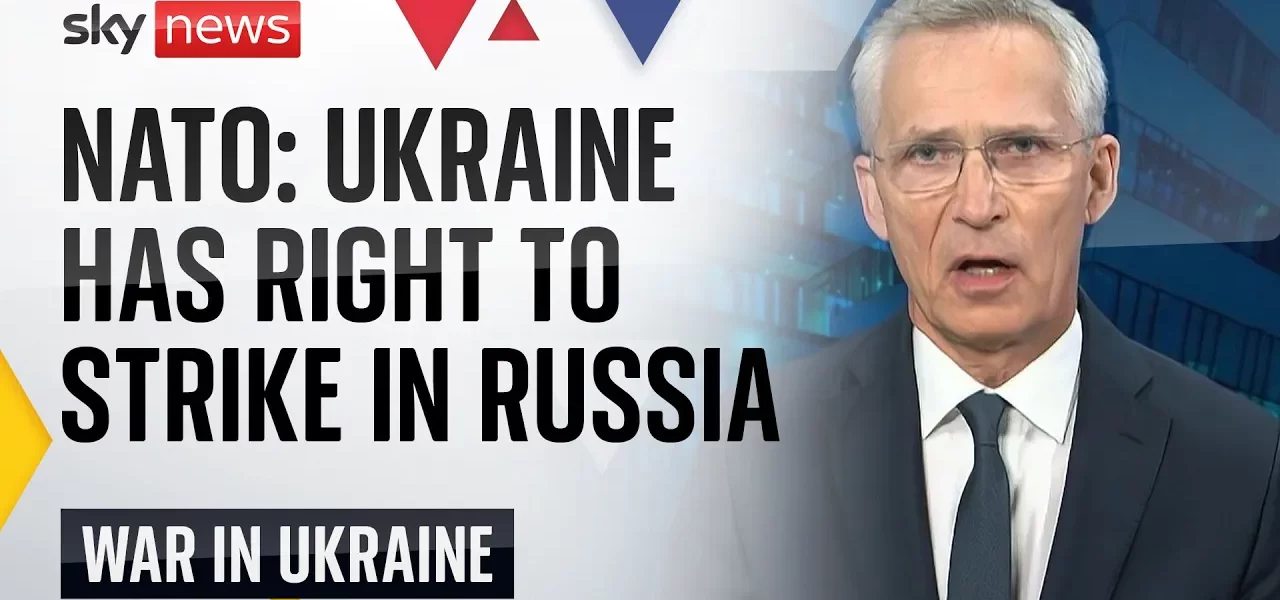Military Support for Ukraine: Evolving NATO Strategies and Weapon Supply Dynamics

This article delves into the recent developments regarding NATO’s military support for Ukraine amidst the ongoing conflict with Russia. It examines the implications of weapon supply rules, the dynamics of international relations, and the strategic importance of supporting Ukraine in its defense efforts.
Introduction
The ongoing conflict between Ukraine and Russia has prompted a significant shift in military strategies among NATO allies. As Ukraine continues to defend itself against Russian aggression, the rules governing the use of NATO-supplied weapons have become a focal point of discussion. This article explores the recent adjustments in these rules, the varying restrictions imposed by different allies, and the broader implications for Ukraine’s defense capabilities.
Current Status of NATO’s Support for Ukraine
NATO’s support for Ukraine has evolved in response to the changing dynamics on the battlefield. The recent relaxation of restrictions on the use of weapons has been welcomed as a necessary step to bolster Ukraine’s defense. Key points regarding the current status include:
- Strikes permitted in the Kharkiv region.
- Some NATO allies have imposed no restrictions on weapon usage.
- Ukraine’s right to defend itself by targeting legitimate military objectives within Russia.
Challenges Faced by Ukraine
Despite the increased support, Ukraine faces considerable challenges on the battlefield. These challenges are multifaceted:
Russian Advances
Recent weeks have seen marginal gains by Russian forces, highlighting the difficult situation for Ukrainian troops. Key concerns include:
- The potential for a major Russian breakthrough remains a concern.
- Changes in battlefield dynamics necessitate a reevaluation of support strategies.
Delays in Military Aid
A significant issue has been the delays in military support from NATO allies. Notable points include:
- Long negotiation periods for new support packages.
- Inconsistent delivery timelines from various European allies.
- Call for a more coordinated effort within NATO to address these delays.
The Need for Increased Production and Coordination
As the conflict continues, the need for increased production of military supplies has become evident. NATO allies are responding by:
Boosting Production Capabilities
Efforts to ramp up production include:
- Doubling ammunition production capacity in the United States.
- Initiatives by the UK and other allies to enhance their defense industries.
- Collaborative procurement efforts, such as the Czech-led initiative, to secure necessary supplies.
Addressing Strategic Mistakes
The conflict has highlighted strategic miscalculations on both sides. Key observations include:
- Russia’s underestimation of Ukrainian resilience and NATO’s commitment.
- The importance of maintaining a united front among allies to support Ukraine’s sovereignty.
Future of NATO Support and Geopolitical Implications
The future of NATO support for Ukraine remains a critical topic. Several factors will influence the ongoing commitment to Ukraine:
Political Considerations
The upcoming American elections pose potential risks to NATO’s unity. Concerns include:
- Impact of a potential shift in U.S. foreign policy under a new administration.
- Continued support from European allies regardless of U.S. political changes.
Long-Term Strategic Importance
Supporting Ukraine is viewed as vital for regional stability and for deterring future aggression from Russia. Key points include:
- Preventing a precedent that encourages military aggression against sovereign nations.
- Reinforcing NATO’s role as a key player in global security.
Conclusion
In conclusion, the evolving military support for Ukraine reflects a complex interplay of strategic interests, political dynamics, and the urgent need for effective defense capabilities. As NATO allies work to enhance their support, it is crucial to recognize the lessons learned from the ongoing conflict. A united approach, with increased production and timely delivery of military aid, is essential for ensuring Ukraine’s sovereignty and deterring future aggression. For more insights on NATO’s strategies and international relations, visit our related articles on geopolitical tensions and defense strategies.
“`




